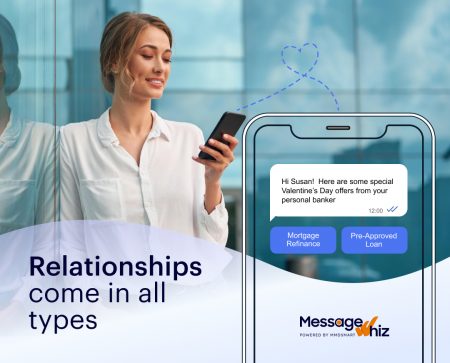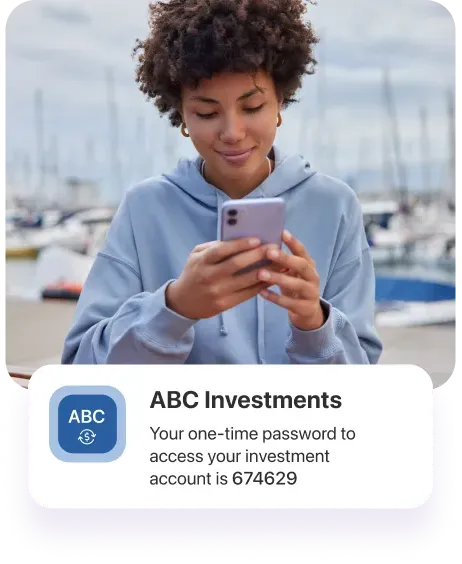Effective communication plays a crucial role in the success of any educational institution. Colleges and universities are constantly seeking innovative ways to leverage their student databased to engage and connect with their students.
One highly effective and cost-efficient tool that has emerged in recent years is SMS (Short Message Service). With its widespread use and accessibility, SMS for students provides institutions with a direct and immediate channel to communicate important information, engage students, and enhance overall campus experiences. It can be used to send mass notifications or messages to individuals.
There are a number of benefits to using SMS as a communication tool in higher education, which can be sent via CRM or student management software.
Instant and Direct Communication
SMS offers colleges and universities a direct line of communication with students. Unlike emails or other forms of digital communication, SMS messages are received and read almost immediately.
This instant communication is particularly beneficial for time-sensitive announcements such as deadline reminders, class cancellations, or emergency alerts. By leveraging SMS, institutions can ensure that critical information reaches students promptly, reducing the chances of missed deadlines or confusion.
High Open and Response Rates
One of the key advantages of SMS communication is its high open and response rates. Studies have shown that the open rate for SMS messages is significantly higher than that of emails, with almost 98% of SMS messages being read within minutes of delivery.
Furthermore, response rates for SMS messages also tend to be higher compared to other communication channels. This means that institutions can rely on SMS to effectively engage with students and encourage them to take action, such as participating in surveys, registering for events, or completing important administrative tasks.
Cost-Effective Solution
Colleges and universities often face budget constraints when it comes to implementing communication strategies. SMS provides a cost-effective solution compared to traditional methods such as printed materialsor phone calls. With SMS, institutions can reach a large number of students simultaneously, reducing both printing and postage costs.
Additionally, the use of SMS communications with students eliminates the need for physical infrastructure or additional staffing, making it an affordable option for institutions of all sizes. By reallocating resources previously spent on traditional communication methods, colleges and universities can invest in other critical areas.
Personalized and Targeted Messaging
SMS messaging students allows institutions to deliver personalized and targeted messages to individuals or specific groups. With the ability to segment the student population based on factors such as major, year of study, or campus location, institutions can tailor messages to address specific needs or interests.
This personalized approach enhances student engagement and makes the communication more relevant and meaningful. Whether it’s reminders about upcoming career fairs for specific majors or announcements about campus events for residential students, SMS ensures that the right information reaches the right students at the right time.
Enhancing Student Engagement
Engaging students beyond the classroom is a priority for colleges and universities. SMS can be utilized to foster a sense of community and involvement on campus. By sending regular updates about extracurricular activities, clubs, sports events, or volunteer opportunities, institutions can encourage student participation and create a vibrant campus culture.
SMS can also serve as a valuable tool for academic advisors to connect with students, offering guidance, reminders, and resources for academic success. By leveraging SMS to enhance student engagement, colleges and universities can create a more vibrant and fulfilling educational experience.
In an era where effective communication is vital, SMS stands out as a cost-effective and efficient tool for colleges and universities. Its instant delivery, high open and response rates, affordability, personalization, and potential for student engagement make SMS an essential component of any comprehensive communication strategy. By embracing SMS, educational institutions can ensure seamless communication and strengthen their connection with students, ultimately enhancing the overall student experience.





























